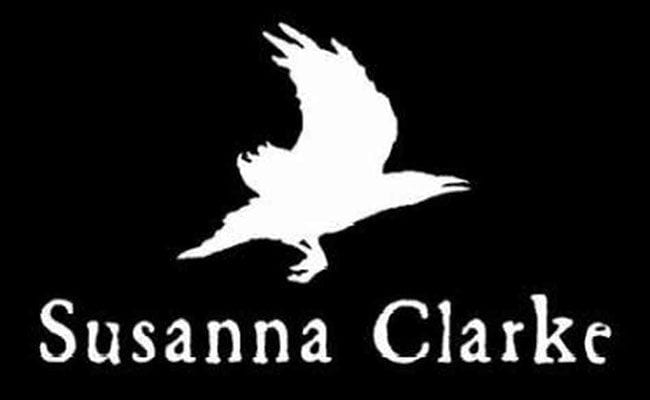
Last Spring, a study come out claiming that people now have (thanks in part to digital devices) a shorter attention span than the average goldfish.
Granted, Susanna Clarke’s novel, Jonathan Strange & Mr. Norrell was first published in 2004—when our attention span might have been a few seconds longer—perhaps 12 whole seconds instead of eight—but still, the book’s stint on the New York Times best-seller list, its long list of accolades, and its reissuing this year (even though this is most likely due to the BBC miniseries) give hope that perhaps a few of us can still hold a thought for longer than eight seconds.
Simply put—no one with a goldfish’s attention span is going to make it through Clarke’s book. This is the kind of book that a less ambitious reader may put down and say “I just couldn’t get into it.” And that’s okay. The world needs all kinds of books—books people can read on beaches and planes; books people can read after a horrible day at work when their brains are exhausted and about ready to explode. People also need books, like Jonathan Strange & Mr. Norrell, that are full of humor, magic, and illustrations but are still surprising and thoughtful—books with spells and fairies that aren’t written for a 15 year old—no matter how precocious.
Jonathan Strange & Mr. Norrell numbers slightly more than 1,000 pages, and it’s not a quick 1,000 pages. The pace will probably irritate some—often it feels like a story that not only takes place during the 19th century, but that was also written during the 19th century—think Bleak House, Middlemarch, The Ring and the Book. All lovely, long books popular when reading was one of the few forms of entertainment and when people weren’t obsessed with all things real time. Written when, to be truthful, many people probably had a little more time on their hands to read.
To get a little more specific, Jonathan Strange & Mr. Norrell takes place in Great Britain during the first part of the 19th century. It operates on the premise that magic and magicians exist and, for the most part, are accepted in society. The plot—simply put—is complicated. So complicated that the back of the book jacket almost seems to oversimplify the story by focusing on the sections dedicated to the Napoleonic War.
Strange and Norrell are our magicians; they cast spells (with varying degrees of success), bring the dead back to life, assist the British army (whether the army wants the help or not), write snarky scholarship on magic, and become the toast of London society. Other characters include their staff, royalty, would be or wannabe magicians, fans, a spouse or two, and fairies.
From all of this, the idea of madness stands out. What does it mean to be mad (or occasionally put more euphemistically, “eccentric”) and can magic cure madness? Then there’s the idea of what is real versus what is not.
The magic is definitely supposed to seem real, and Clarke’s extensive use of footnotes serves to make it (along with almost everything else in the novel that is fictitious) feel all the more so. In fact, Jonathan Strange & Mr. Norrell is almost a history within a history. Mixed in with the fictitious characters are actual historical figures—for example the poet Lord Bryon, who is described quite accurately as one of the most “notorious rakes in Europe”. Clarke, however, creates her own history for this world and often provides historical information in lengthy (some longer than a page) footnotes. Some footnotes reference fictitious books of magic; while others provide background information about different characters or happenings. Some footnotes simply direct readers to other footnotes.
All these things are supplemented by the observations of the narrator who, with his sly sense of humor and a yen for handing out little snippets of wisdom and chatty observations, is a character almost as compelling as Strange and Norrell (and at times is definitely more likeable than either). It’s a rare occasion when our narrator doesn’t have an opinion—more often than not colorfully expressed. Houses, he tells us “are apt to become rather eccentric if left too much on their own; this house was the architectural equivalent of an old gentleman in a worn dressing-gown and torn slippers, who got up and went to bed at odd times of day, and who kept up a continual conversation with friends no one else could see.”
With this somewhat intrusive narrator, more characters introduced in the first 50 pages than most will care to count, and worlds within worlds, Jonathan Strange & Mr. Norrell is a complex but wonderful, masterful story with a charming sense of humor. Readers will have to be willing to dig in and to commit more than an afternoon. Ift will be worth it.


![Call for Papers: All Things Reconsidered [MUSIC] May-August 2024](https://www.popmatters.com/wp-content/uploads/2024/04/all-things-reconsidered-call-music-may-2024-720x380.jpg)



